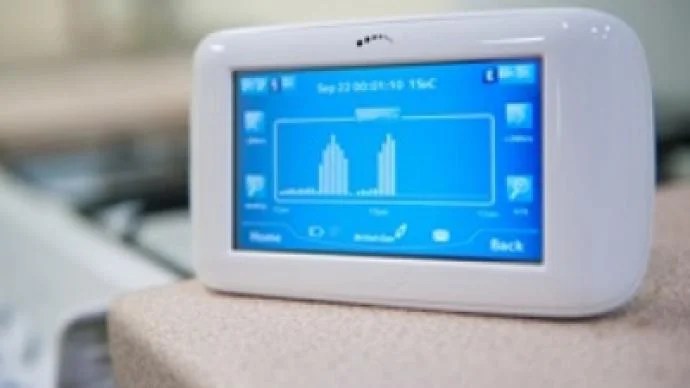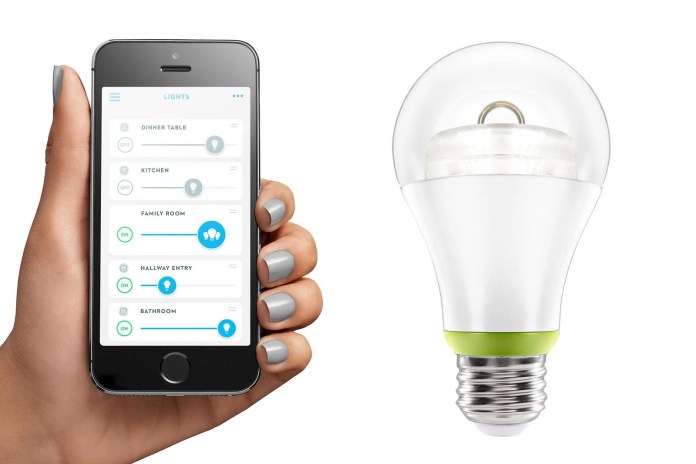Smart technology is nothing new, but like everything else it has evolved considerably since it first emerged into the mainstream of the consumer conscience. From a basic concept of intuitively designed hardware, it is has been refined considerably and now bridges the once cavernous gap between the physical and virtual worlds.
Commonly referred to as the Internet of Things (IoT), this essentially means that corporeal entities can be controlled remotely and in real-time through wirelessly connected sensors and mobile devices. From turning down your heating with a smartphone to managing interior lighting through a tablet, this has multiple applications and can transform a typical house into a smart and intuitive home.
This is important, whether you want to create a more energy efficient and functional home or simply wish to sell your house fast. Consider the following steps towards achieving this.
Embellish Wireless Connectivity with Sensors
 While wireless technology is known to underpin the IoT, this may not always function to its fullest potential. This is why you should enhance the connectivity of your home with sensors, which are interlinked through a series of mesh controllers. Powered by prominent operators such as ZigBee and Z-Wave, these sensors deliver excellent coverage and consumer less energy than wireless routers. In this respect, they work well in wireless homes and complement the existing technology perfectly.
While wireless technology is known to underpin the IoT, this may not always function to its fullest potential. This is why you should enhance the connectivity of your home with sensors, which are interlinked through a series of mesh controllers. Powered by prominent operators such as ZigBee and Z-Wave, these sensors deliver excellent coverage and consumer less energy than wireless routers. In this respect, they work well in wireless homes and complement the existing technology perfectly.
Modernise your Home Heating
 According to Bergin Insight, smart energy meters and home heating systems are the most popular IoT devise in the UK. Hive is probably the best-known and most advertised example, as this smart metre company collaborates with British Gas to deliver intuitive and easy to use systems that can be operated by a mobile device. This is central feature in any smart home, while the service can also be improved by purchasing an adaptor that sits between the wall socket and the plug of a specific appliance. This affords you greater control of your energy consumption on a daily basis.
According to Bergin Insight, smart energy meters and home heating systems are the most popular IoT devise in the UK. Hive is probably the best-known and most advertised example, as this smart metre company collaborates with British Gas to deliver intuitive and easy to use systems that can be operated by a mobile device. This is central feature in any smart home, while the service can also be improved by purchasing an adaptor that sits between the wall socket and the plug of a specific appliance. This affords you greater control of your energy consumption on a daily basis.
Integrate Smart Lighting that is easy to use
 While you can introduce advanced and fully automated smart features into your home, these can be complex and difficult to manage. Simplicity is therefore the best course of action to follow, especially when it comes to important and commonly used fixtures such as lighting. You can add smart lighting to your home simply by screwing a Philips hue bulb into a socket, before downloading the associated app and establishing a connection.
While you can introduce advanced and fully automated smart features into your home, these can be complex and difficult to manage. Simplicity is therefore the best course of action to follow, especially when it comes to important and commonly used fixtures such as lighting. You can add smart lighting to your home simply by screwing a Philips hue bulb into a socket, before downloading the associated app and establishing a connection.



